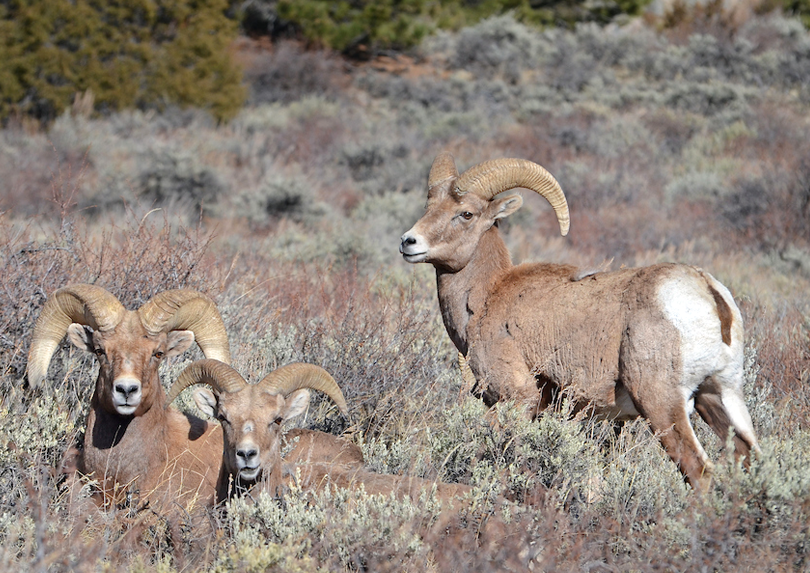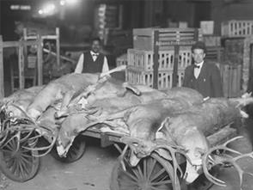
Colorado’s Identity
Wildlife and wild spaces are essential to Colorado’s identity, so it’s difficult to believe that there was a time when they weren’t thriving.
 Just 150 years ago, the future of Colorado’s wildlife was uncertain. Overhunting and water pollution had a harsh impact on deer, elk, pronghorn, buffalo, bear, birds and fish and many feared that some of these species would never recover. For a few forward-thinking hunters and conservationists, that fear prompted action.
Just 150 years ago, the future of Colorado’s wildlife was uncertain. Overhunting and water pollution had a harsh impact on deer, elk, pronghorn, buffalo, bear, birds and fish and many feared that some of these species would never recover. For a few forward-thinking hunters and conservationists, that fear prompted action.
In 1870, the Colorado Territorial Legislature passed its first wildlife protection laws, and in 1879, the first wildlife protection agency was formed. The Colorado Division of Wildlife worked to set and enforce limitations, including banning the use of nets for fishing, setting season and bag limits, and even prohibiting hunting of pronghorn and bighorn sheep for over 50 years.
These calculated efforts from both scientists and hunters yielded the prosperous wildlife and opportunities we enjoy today. In the 1960s, as the status of Colorado’s wildlife became more healthy, many scientists and members of the public recognized the correlation between wildlife populations and environmental health.
By the 1970s, the Colorado Division of Wildlife had hired a team of biologists to broaden its reach, studying nongame species and important habitats. The department took on the role of caretaker for all of Colorado's wildlife species.
 Research efforts also began to zoom in on restoration and recovery of endangered and threatened species. In 1978, scientific efforts began to save the peregrine falcon from extinction. Despite their tricky cliff wall habitat, the project was successful. The falcons now live throughout the state, and their numbers are growing. Other successful recoveries and reintroductions include the Canada lynx, river otters, black-footed ferrets, greater prairie chickens and many others.
Research efforts also began to zoom in on restoration and recovery of endangered and threatened species. In 1978, scientific efforts began to save the peregrine falcon from extinction. Despite their tricky cliff wall habitat, the project was successful. The falcons now live throughout the state, and their numbers are growing. Other successful recoveries and reintroductions include the Canada lynx, river otters, black-footed ferrets, greater prairie chickens and many others.
In 2011, the Colorado Division of Wildlife merged with Colorado State Parks to form Colorado Parks and Wildlife. This union served to create more efficient and effective services while supporting a robust, statewide mission.
Colorado is now world renowned for its wildlife and stunning landscapes. Travelers come from all over the country - and the world - to hunt, fish, bird watch, hike and admire the array of species we continually work to conserve.

